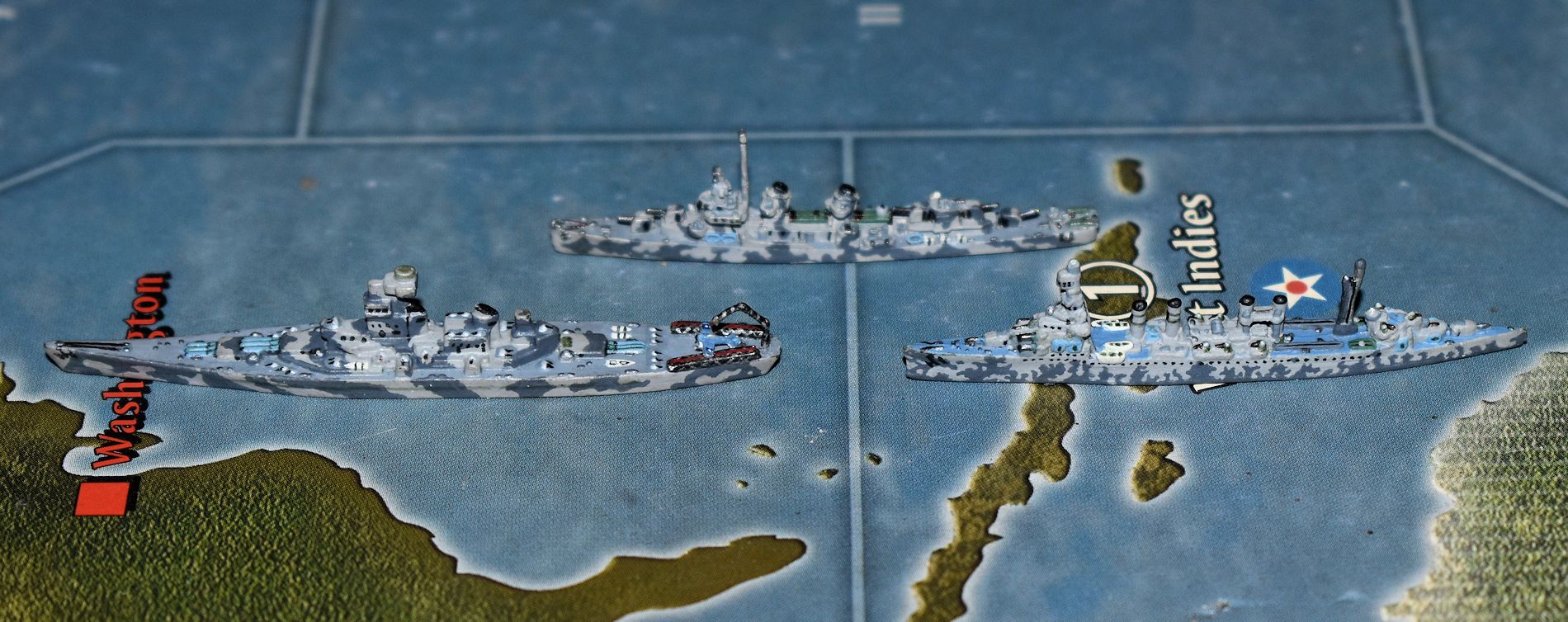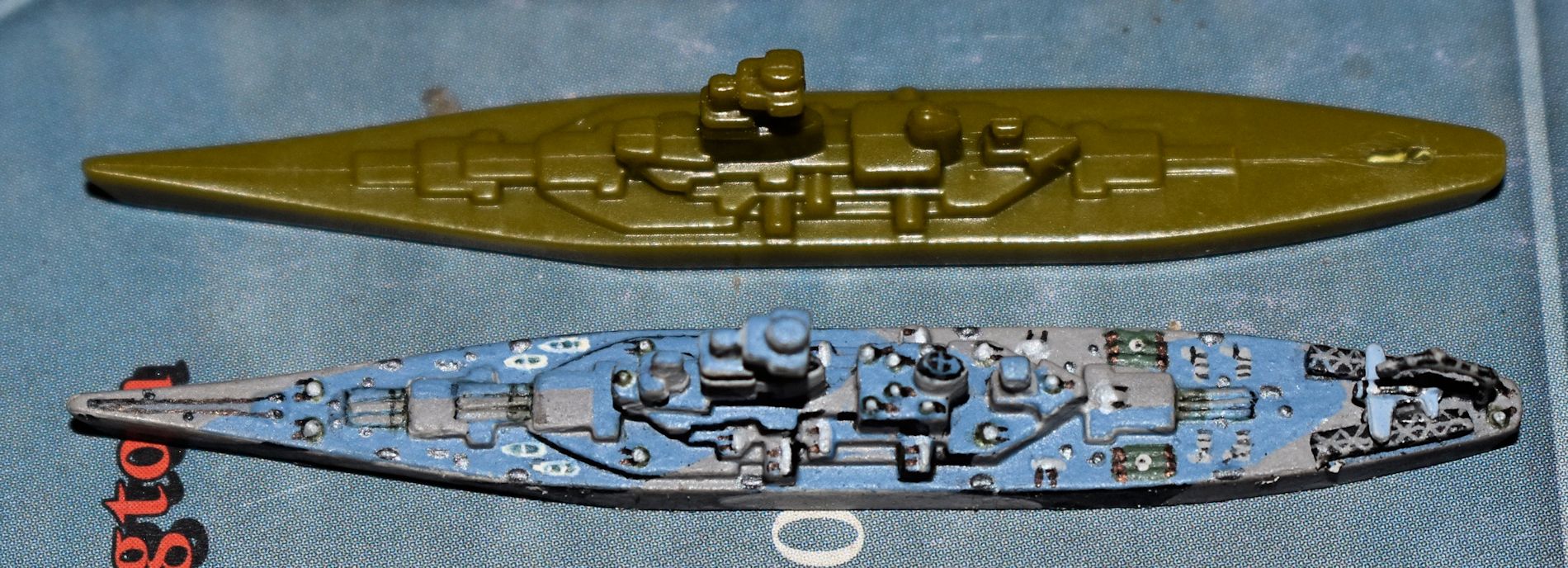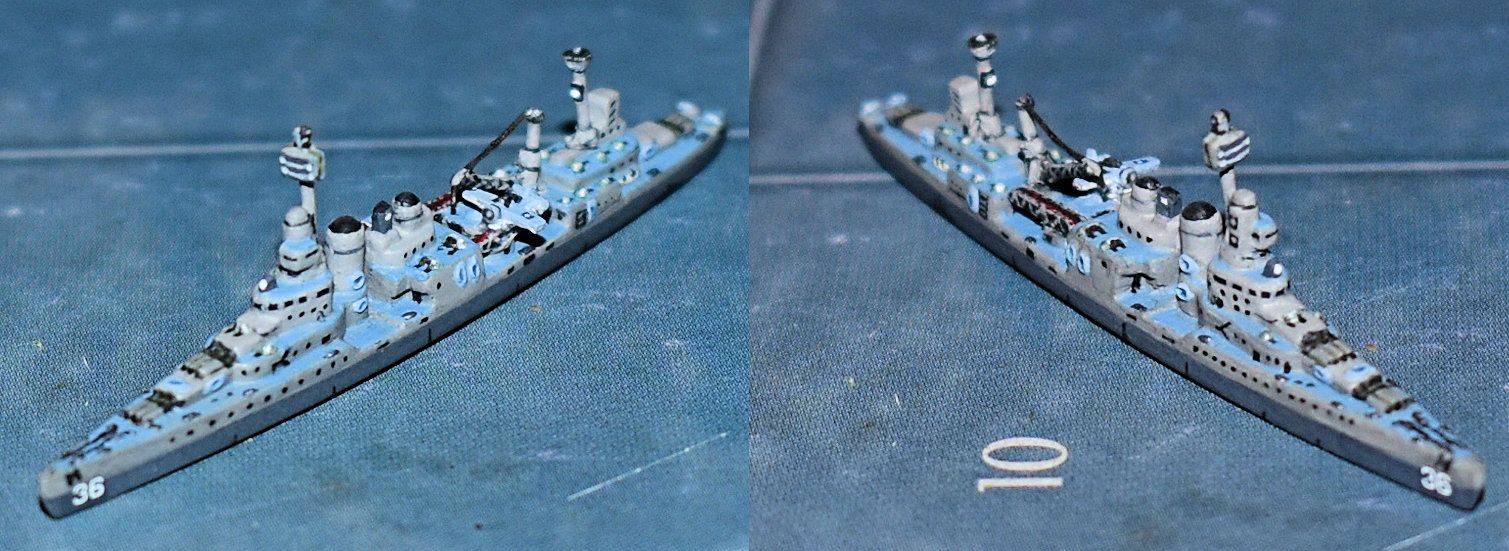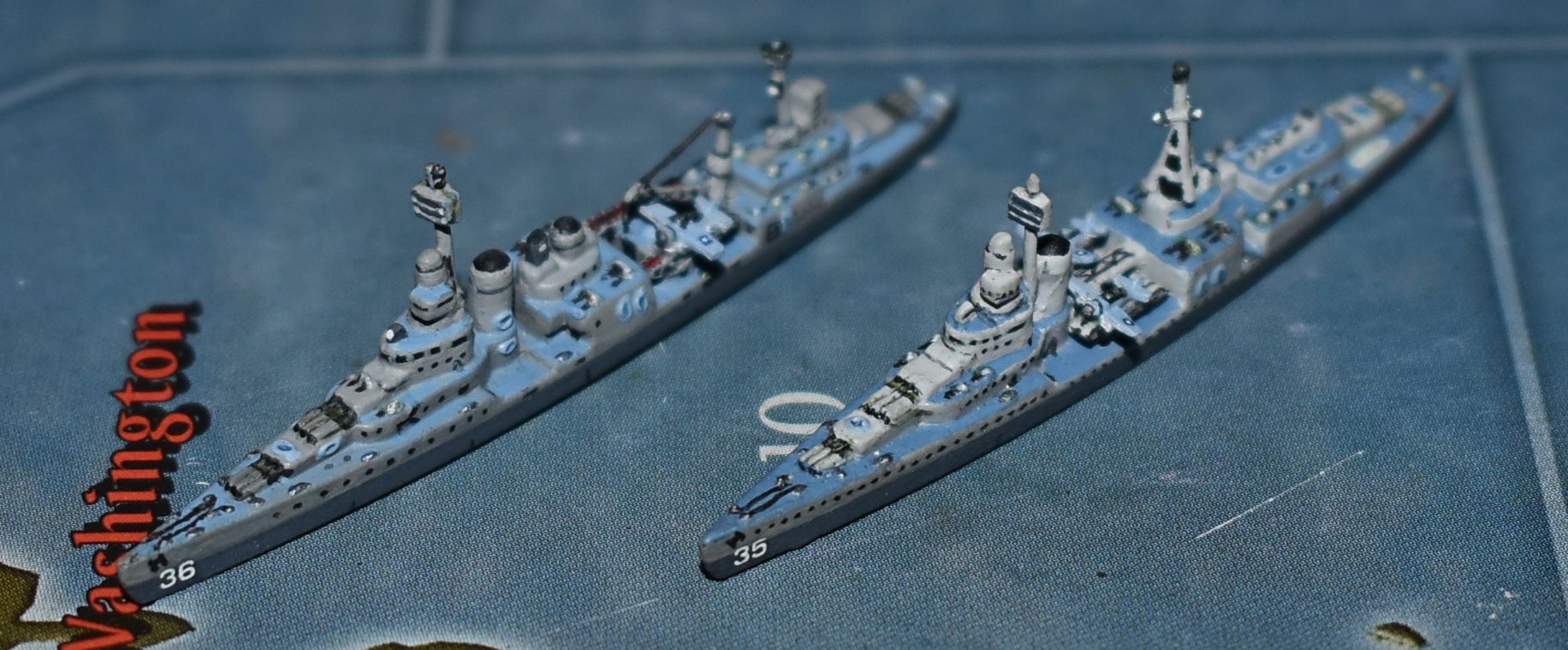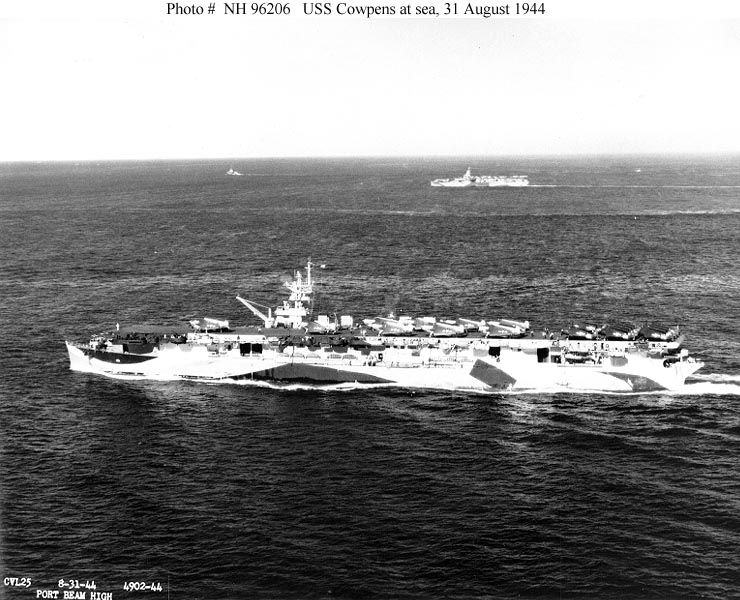As mentioned previously, the US Navy only had two Portland class cruisers in the fleet. With that in mind, FOlewnik is modding several Portland sculpts into other classes of cruisers, starting with five of the New Orleans class. The main difference between the two classes, as shown in the below comparison of a New Orleans class cruiser silhouette taken from shipcamouflage.com vs a Portland sculpt, is that the 2nd smoke stack and the scout plane deck with launch catapults have swapped places. Pretty much everything from the 1st smokestack forward matches, and from the New Orleans’ recovery crane back matches (or will once the mod gets its crane).

FOlewnik’s first thought was that he needed to buy a better hobby saw, like a jeweler’s saw. But then it occurred to him that he could use the saw he has and just cut off everything starting at the back all the way up to the 1st smoke stack. In the picture below, that’s the sculpt in the upper right. That particular sculpt has a bad cut, but as you can see from the sculpt in the lower left, that gets filled with putty, and then sanded like the one in the upper left. Prior to cutting, the sculpt is cleaned of flash plastic as best as possible with an Xacto knife, the section of plastic in front of the 1st smoke stack is cleared away, and the radar hub “fin” above the bridge is cut to a nub to separate it from the rest of the tower.

The cut off rear deck gun, 2nd smoke stack housing and launch catapult base are saved and separated (inset above) to be glued back onto the piece, swapping the front two sections but leaving room for the catapults to be added later. Notice the mod below hadn’t had the front radar “fin” cut away from the rest of the tower yet.

The section of plastic on the launch catapult base that represents the recovery crane is only kept on the cut section long enough to measure the spacing of the 2nd stack before gluing. After it gets cut from the catapult base, the base is glued into place. After the glue dries, holes are drilled for the recovery crane (visible below- yes, FOlewnik got a drill small enough to go down the center of that tiny plastic pole to use it as the base of the recovery crane), the fore mast, and aft mast.

Two sizes of metal hobby rods (for lack of a better term- available at the hobby shop, little steel and brass rods) are used- a thick one that gets filed into a square for the launch catapults, and a thinner round one for the recovery crane and masts. On the fore mast, a square section of putty is used to make the radar screen, and on the aft mast, super glue gel is used to contour the top and mid section to resemble the silhouette of the New Orleans above. After adding the catapults to one piece to get an idea of how it will look (in the back below), FOlewnik decided to wait on the rest since painting around them would be difficult, if not frustrating. The five mods in various stages of completion:

To make the recovery crane’s chain, FOlewnik used synthetic brush hairs from a very large wooden handled scrub brush. They’re pretty much unbreakable, so it was a nice find. It gets super glued into place one section at a time then when dry, the excess is cut off. A drop of super glue gel at the end makes due for the recovery hook. Almost ready for primer, the one with catapults still needs some sanding.

When little pieces break or get lost, it’s nice to have the sprues from the Shapeways pieces to use and shape to one’s needs, as seen on the first mod below. The white catapult base was fashioned from sprue, and the large square glued onto the rear will be filed and shaped appropriately.

Sure enough, getting primer and paint around the catapults wasn’t easy, but FOlewnik got it done. These pieces will get the same treatment the Indy and Portland received. These five will be the New Orleans, Astoria, Minneapolis, Tuscaloosa, and San Francisco (yes, the Quincy and Vincennes are conspicuously absent but we will have the Astoria, which was sunk in the same battle).

These five are still in the process of being painted, along with the USS Cowpens (The Mighty Moo) and some more destroyers. When I went to visit FOlewnik at the end of our recent Labor Day weekend, he’d been away for a few days and just returned home. Apparently he was really nice to the spiders in his garage where his paint set up is, or they’re US Navy fans, because they tricked out some nice rigging on one of the ships, so of course I had to get a picture of it while it lasted.


